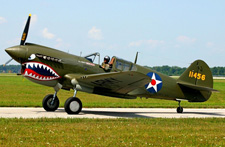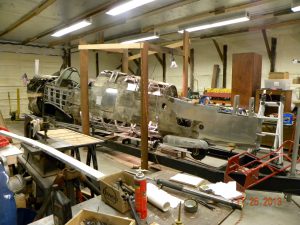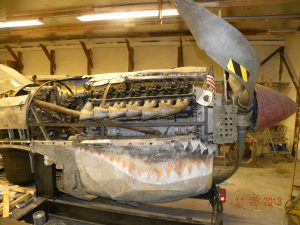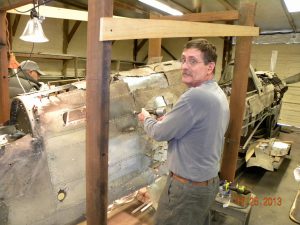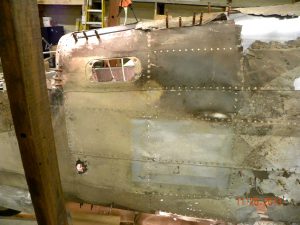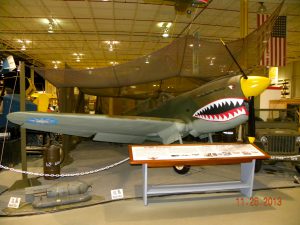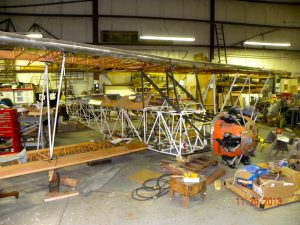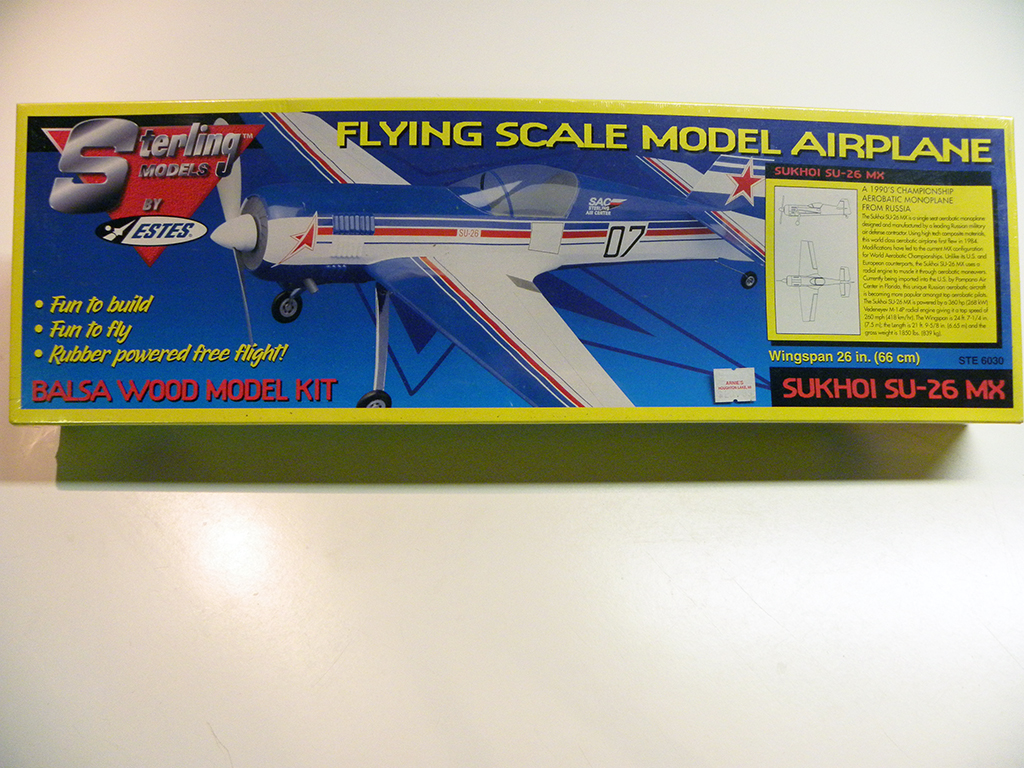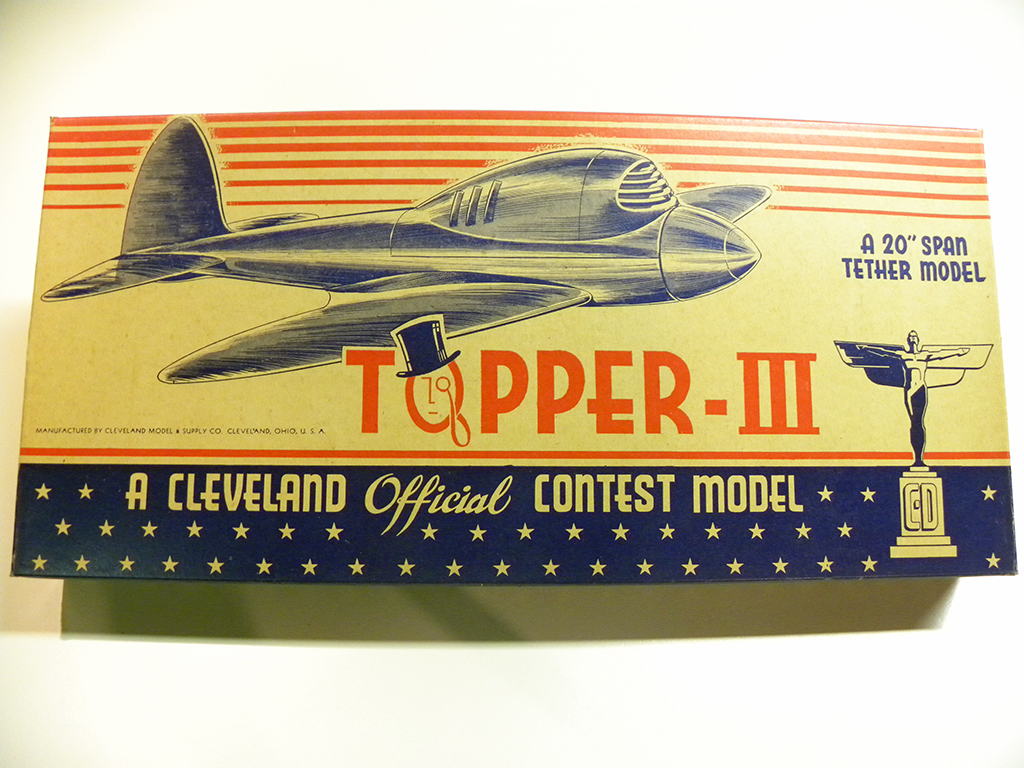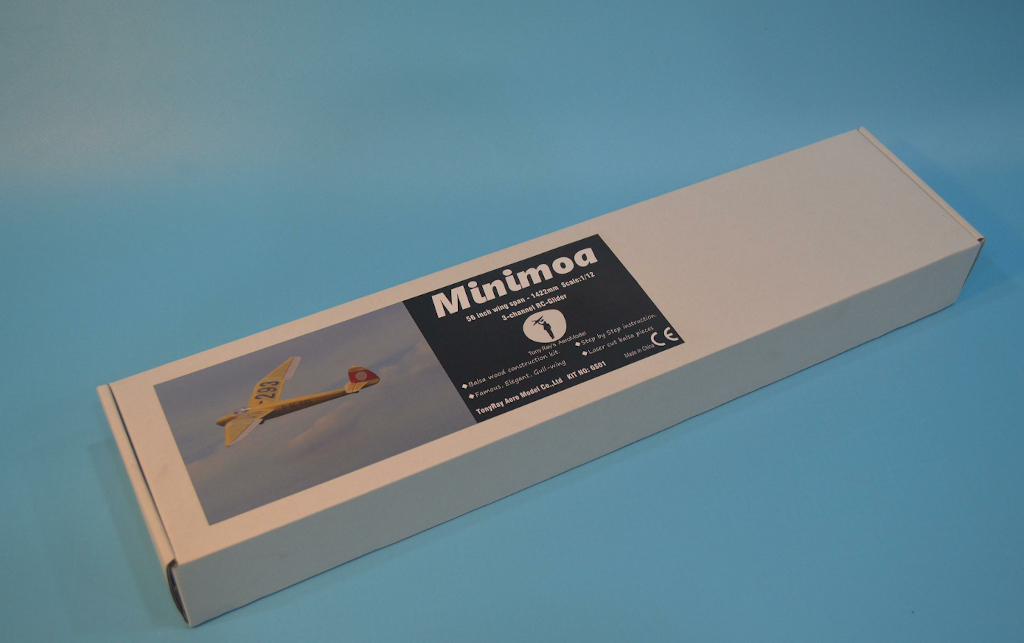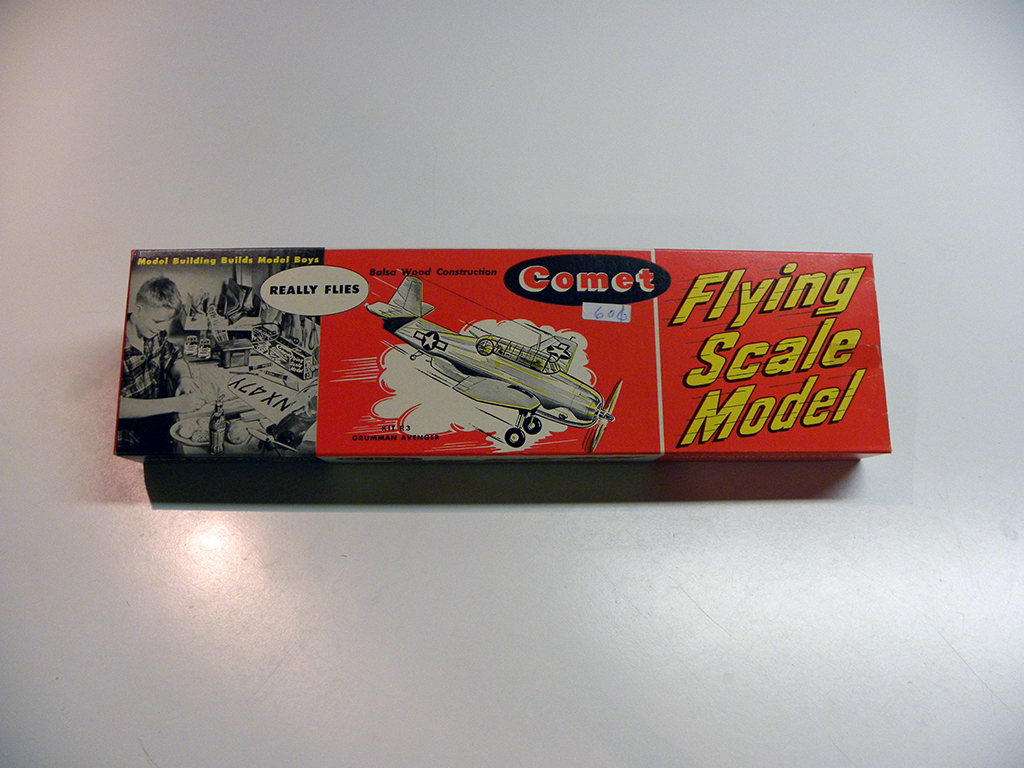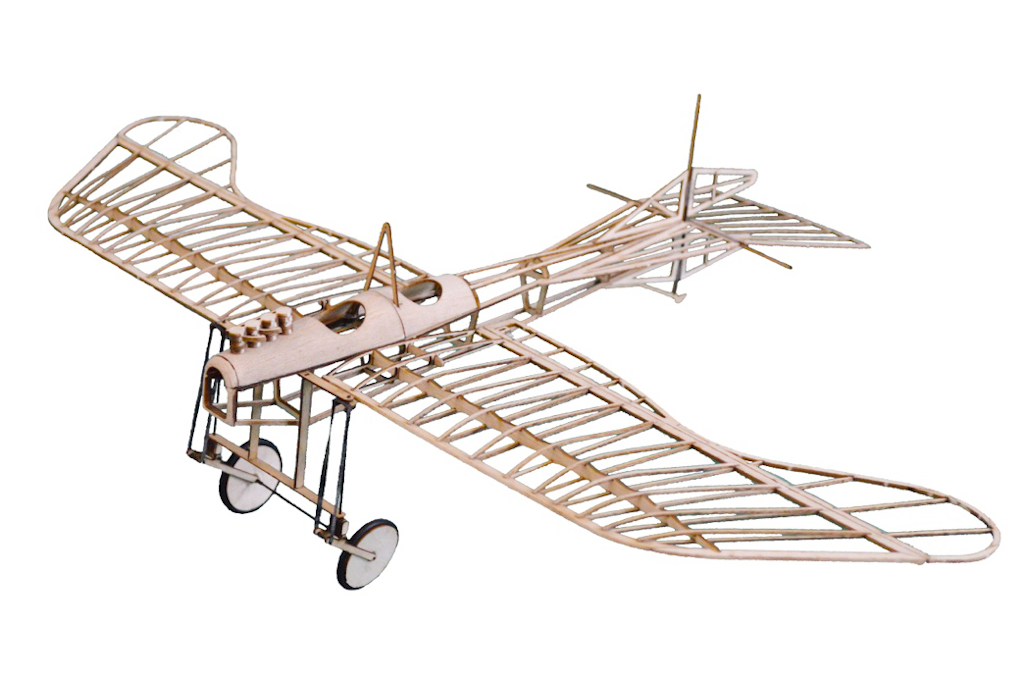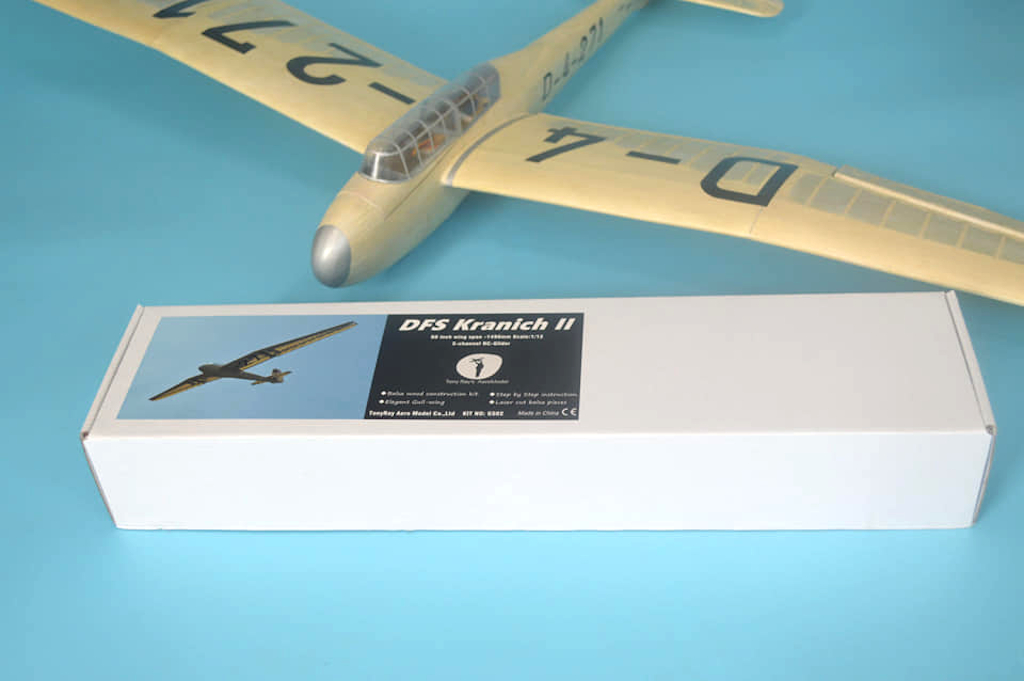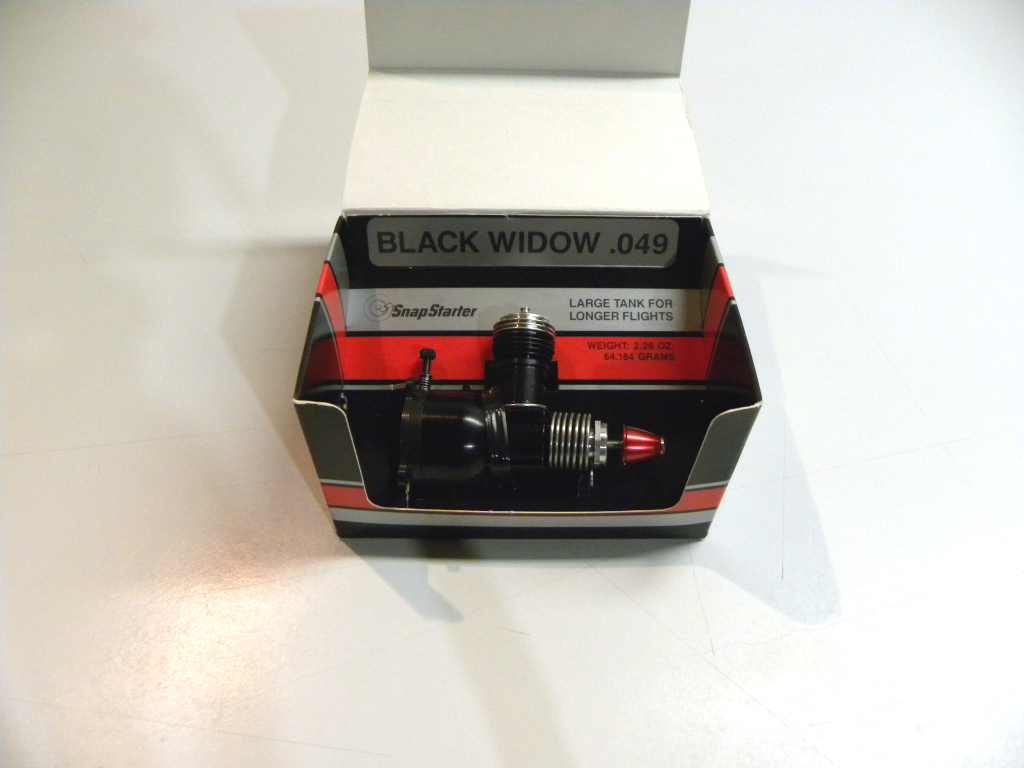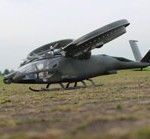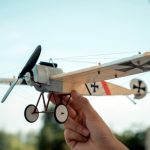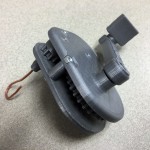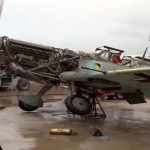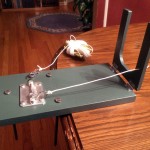I made another jaunt to Hammondsport today for a second work session on the P-40. Here is my report:
Up until last week the P-40 has been located right off the main museum display floor. This was great for allowing museum visitors to see the plane and gauge the restoration status, however, there was an issue. A significant amount of the restoration work on this plane involves riveting. And as anyone who’s ever been around an aircraft manufacturing or repair facility knows, riveting is NOT a quiet activity. The noise was very disturbing to museum visitors and as a result, the times where riveting was allowed were very restricted. This was causing a significant slow down in work on the restoration.
The solution was to move the plane to an area where riveting could occur without rattling the whole museum. So, the restoration shop converted their storage building into a heated shop. Last week, the P-40 was moved into the new work area. Now that it is in it’s own special shop, the expectation is that the pace of the restoration will pick up.
Here is the P-40 located in it’s new restoration shop. Work continues to be focused on the center section of the fuselage seen under the wooden framing beams.
(Click on the photos to get a large image with higher resolution)
Here is a closer view of the business end of the P-40. The prop needs a bit of work!
I was able to work with a couple other guys today and our focus was on the same section of the fuselage where I worked during my last visit. However, today we were able to rivet and that’s what we spent most of the day doing. We shot over 60 rivets making it one of the more productive days of riveting on the P-40 to date. While that was a good shop record for one day, the pace of riveting is slow due to the need to spend a lot of time aligning warped, stretched, and buckled skin panels and then drilling holes before rivets can finally be shot.
Dick Siegrist, a pharmacist by trade, was one of the guys I worked with today. Here he is on the rivet gun.
Here are the results of today’s efforts which focused primarily on riveting the panels seen in the upper half of this photo.
Besides the P-40 currently under restoration, the museum also has on exhibit a 3/4 scale flying reproduction of a P-40 E powered by a 150 hp Ranger, inverted six-cylinder, air-cooled engine. Here is a photo of it.
My last trip to the museum was spent mostly working on the Curtiss Fledgling which is also currently under restoration. Progress has been made since my last visit and the major components are now being assembled to resemble an aircraft!
All in all, it was a good work day at the museum.
The museum is jam packed with wonderful planes, vintage motorcycles, automobiles, and lot’s of other things to see. I’d encourage you to stop in and visit the museum the next time you are in the Finger Lakes or Hammondsport region. You can check out the latest displays and find out information about the museum at this link: Glenn H. Curtiss Museum


